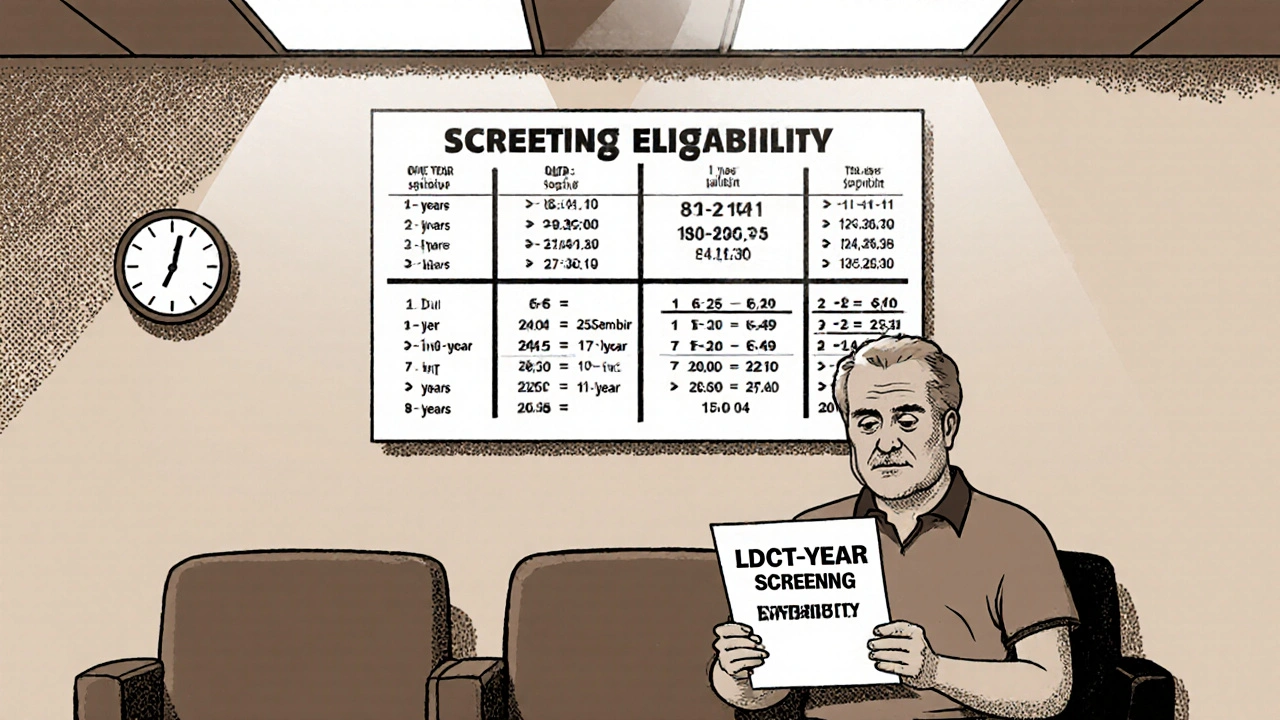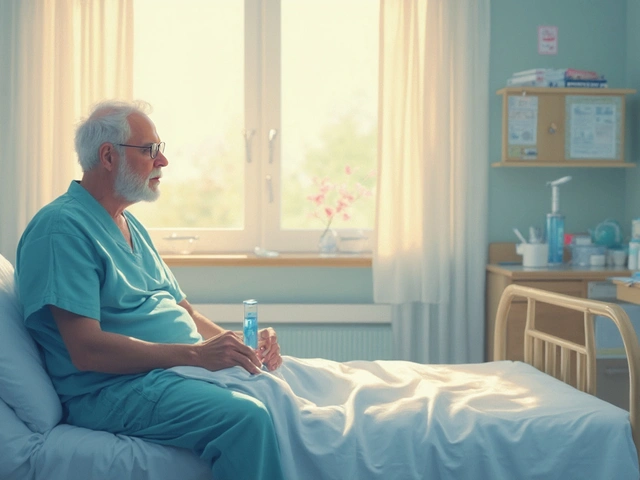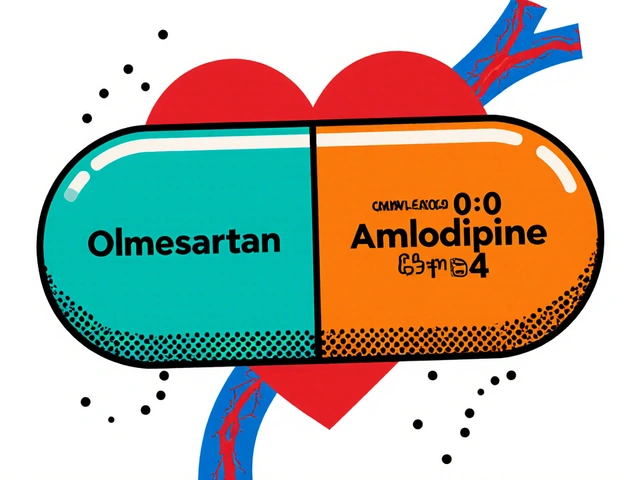When it comes to lung cancer screening, a medical process used to find lung cancer before symptoms appear, often using low-dose CT scans. Also known as low-dose CT screening, it's not for everyone—but for those at high risk, it can mean the difference between catching a tumor when it’s treatable and waiting until it’s too late. Unlike routine chest X-rays, which miss early-stage cancers, low-dose CT scans can spot nodules as small as a grain of rice. The U.S. Preventive Services Task Force recommends screening for adults aged 50 to 80 who have a 20 pack-year smoking history and currently smoke or quit within the past 15 years. That’s about one pack a day for 20 years, or two packs a day for 10 years. If you fit that profile, screening isn’t optional—it’s a proven way to reduce your chance of dying from lung cancer by up to 20%.
Screening doesn’t mean you have cancer. Most findings are benign. But false positives happen, and they lead to more tests—sometimes biopsies or follow-up scans. That’s why it’s crucial to get screened at a center with experience. Not all clinics handle these results the same way. A good program will have a team that understands how to interpret scans, manage follow-ups, and avoid unnecessary procedures. It also means knowing your risk beyond smoking. Exposure to radon, asbestos, or secondhand smoke, or having a family history of lung cancer, can raise your risk too. Even people who never smoked can develop lung cancer, and while screening isn’t routinely recommended for them, it’s worth discussing with your doctor if you have other risk factors.
What you’ll find in the articles below isn’t a one-size-fits-all guide. It’s a collection of real, practical advice from people who’ve been through it—whether they’re managing side effects from scans, comparing screening options, or learning how to talk to their doctors about risk. You’ll see how lung cancer screening connects to broader health habits like quitting smoking, avoiding pollutants, and understanding what your test results actually mean. There’s no magic pill, but early detection gives you control. And that’s something no one should ignore.

Low-dose CT screening can save lives in smokers by catching lung cancer early. Learn who qualifies, how it works, the real risks, and what to do next.

Dizziness after surgery can be a common yet disorienting experience. This piece explores practical ways to manage dizziness effectively, delving into causes and offering helpful tips for recovery. Understanding how to navigate these post-surgery effects is key to a smoother healing process. Learn what to expect and how to ease this sensation in everyday life.

A practical guide comparing Modvigil (modafinil) with armodafinil, adrafinil, Provigil and caffeine‑L‑theanine, covering cost, duration, safety and best use cases.

Explore how Olmesartan/Amlodipine evolved, its clinical impact, and future developments in hypertension therapy.

Ursodeoxycholic acid (UDCA) plays a pivotal role in bile acid metabolism, offering numerous benefits for individuals with liver health concerns. It's fascinating how this substance can improve the breakdown and absorption of dietary fats and vitamins. For those grappling with liver disorders, understanding UDCA's impact is key to better health outcomes. This article explores the science behind UDCA, its practical advantages, and offers tips for maximizing its benefits.

Learn step‑by‑step how to find reputable online pharmacies, understand price factors, and use generic amoxicillin safely while avoiding counterfeit risks.